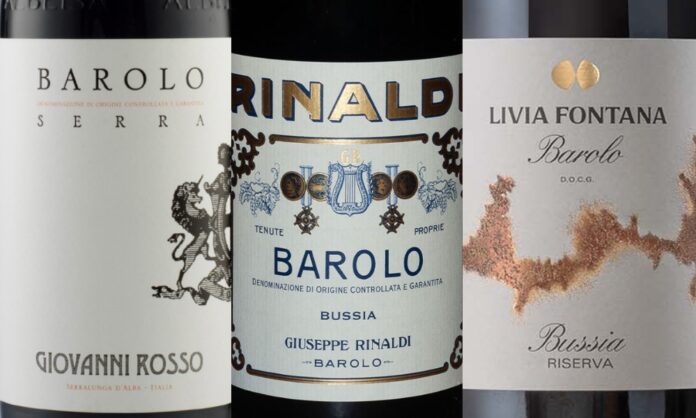
An updated list of the best Barolo wines recommended by Jean Marco Palmieri.
Would you like us to recommend a wine or a winery? Let us know.
INDEX
Best Barolo – Recommended by Jean Marco Palmieri
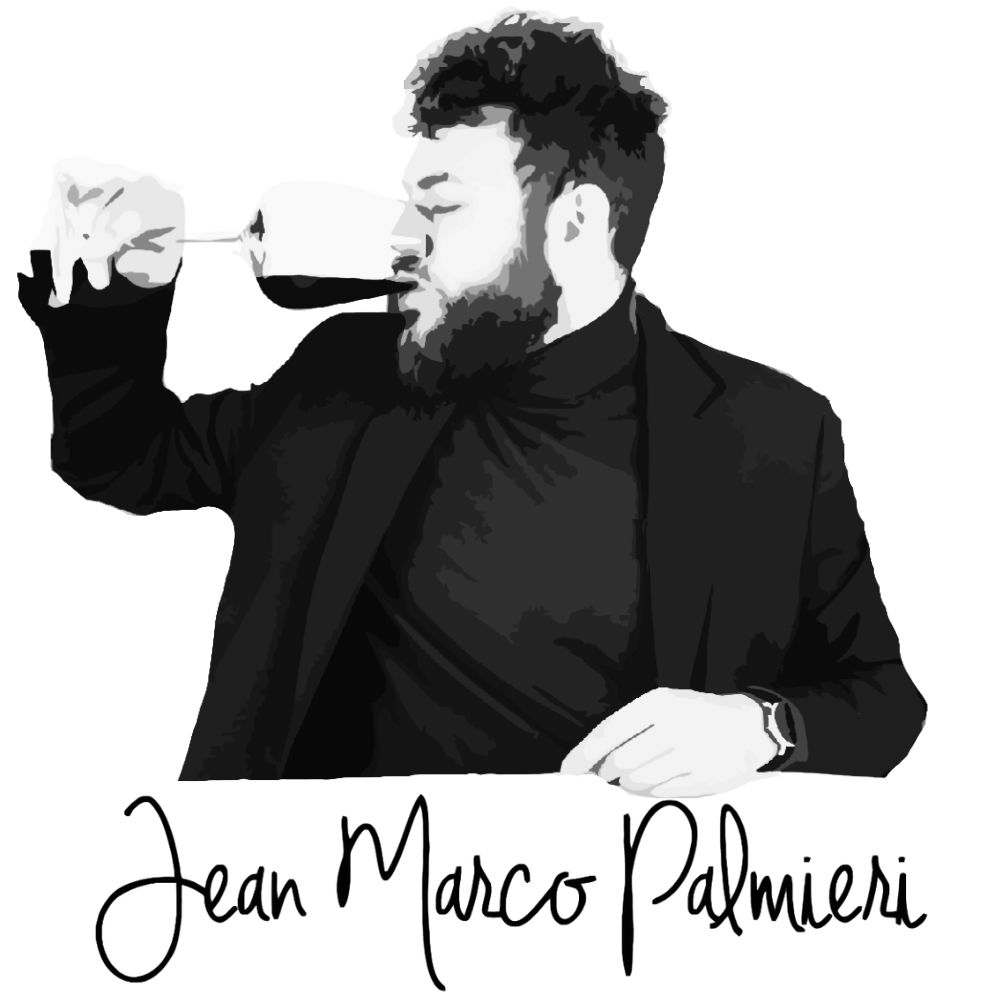
What are the best Barolo wines?
Let’s discover together the updated list of the best Barolo wines with photos and tasting notes, so that everyone can find the best Barolo suitable for their tastes.
Barolo ‘Bussia’ 2019 – Rinaldi
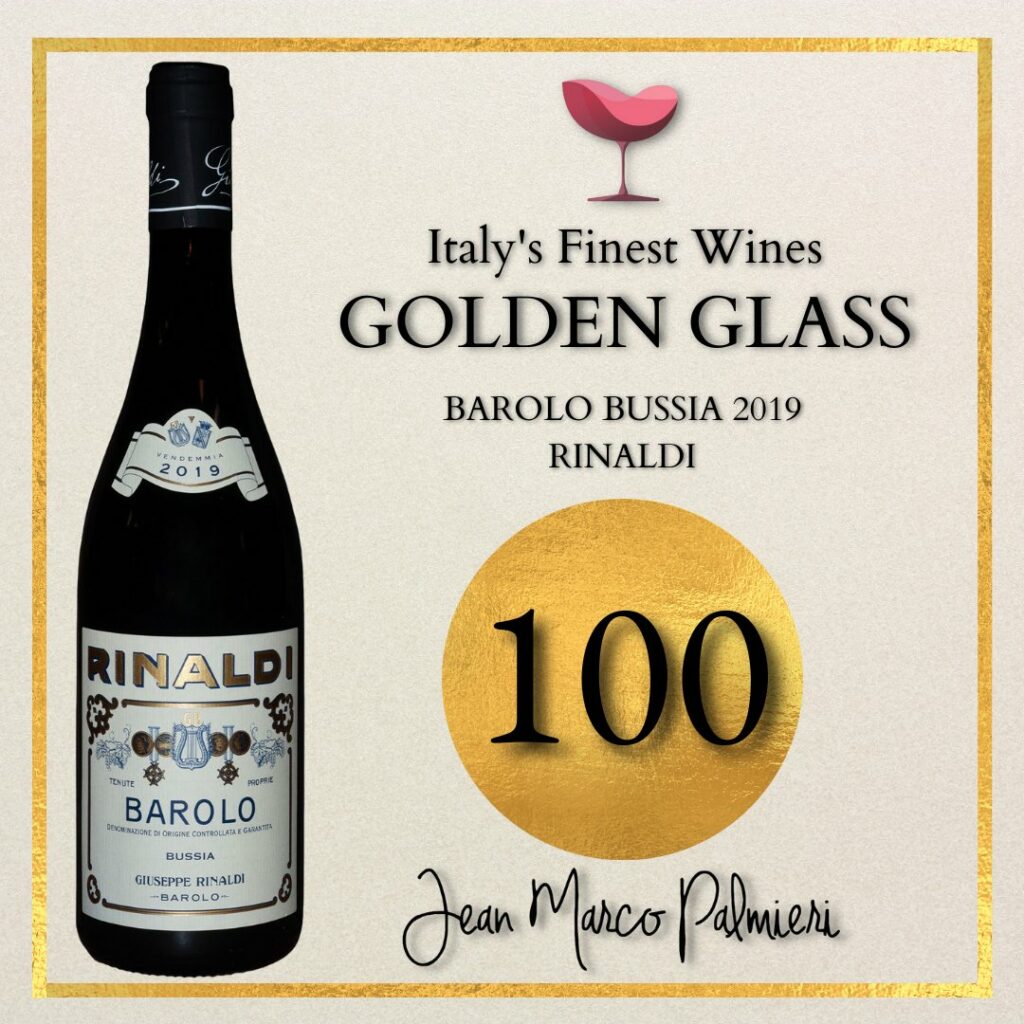
Description:
The nose is rich in facets, with aromas of raspberry, dried flowers, and hints of balsamic menthol and cider. On the palate, it develops harmoniously over a enveloping tannic structure. Fermentation is spontaneous and occurs through the action of indigenous yeasts for approximately 25 days in Slavonian oak vats.
An iconic wine, among the best Italian wines for its sincerity in becoming a storyteller without compromise of the sensational expressiveness of Barolo.
Vineyard Area: Monforte d’Alba (Bussia)
Barolo Riserva Monfortino 2015 – Giacomo Conterno

Description:
It unfolds in a kaleidoscope of floral tones, with wisteria and violet standing out, followed by small red fruits and medicinal herbs. On the palate, it is rich and enveloping, with compact and powerful tannins that evolve progressively towards an extraordinarily persistent finish.
A historic and iconic wine born from the best vintages and the finest grapes of the renowned cru Francia in Serralunga d’Alba in 1978. Among the best Barolo wines for aging potential.
Vineyard Area: Serralunga d’Alba (Francia)
Barolo 2019 – Bartolo Mascarello

Description:
Intense tones of ripe red fruits, wilted flowers leading towards notes of roasting, tobacco, and hints of camphor. The palate is full and dry, with powerful and textured tannins well balanced by a vibrant acidity.
Grapes sourced from the vineyards Rué, San Lorenzo, and Cannubi in the municipality of Barolo, and Rocche dell’Annunziata in the municipality of La Morra. Fermentation with indigenous yeasts in concrete vats, aging for 32 months in Slavonian oak barrels.
A classic wine with extraordinary evolutionary potential, an ineffable and sublime expression of the varietal character of Nebbiolo.
Vineyard Area: Barolo (Rué, San Lorenzo, Cannubi), La Morra (Rocche dell’Annunziata)
Barolo Bussia 2017 – Livia Fontana

Description:
It electrifies the nose with a kaleidoscope of aromas ranging from intense scents of ripe berries to hints of plum, embellished with humus, camphor, and pine resin.
On the palate, it has a very thick and silky tannic structure balanced by a significant acidic backbone that provides freshness and drinkability. The finish is voluminous and harmonious, with extraordinary persistence.
Fermentation takes place in stainless steel tanks at controlled temperature with frequent pump-overs and délestages. Maceration lasts for about 20 days. Aging for at least 30 months in traditional oak barrels and subsequently in bottles until release.
A wine with a captivating and expansive palate that maximizes the eloquent and elegant character of Nebbiolo. Imaginative and thrilling, rightfully among the best Barolo wines for its finesse in both taste and aroma.
Vineyard Area: Monforte d’Alba (Bussia)
Barolo ‘Bricco delle Viole’ 2020 – Vajra

Description:
It titillates the nose with incisive notes of dried roses and cherry under spirit, followed by nuances of candied orange peel embellished with tones of cocoa powder and well-integrated boisé accents.
It electrifies the palate with a thick but smooth tannin harmoniously linked to a vibrant acidity that enhances drinkability. The finish is of great persistence, echoing the protagonism of Nebbiolo.
It matures for 28 months in large Slavonian oak barrels, mainly from 25 to 50 hectoliters.
The historic Bricco delle Viole is one of the most celebrated vineyards in Barolo, giving life to wines distinguished for their elegance and freshness. Vajra once again confirms itself as its virtuoso interpreter.
Vineyard Area: Barolo (Bricco delle Viole)
Barolo ‘Ornato’ 2019 – Pio Cesare
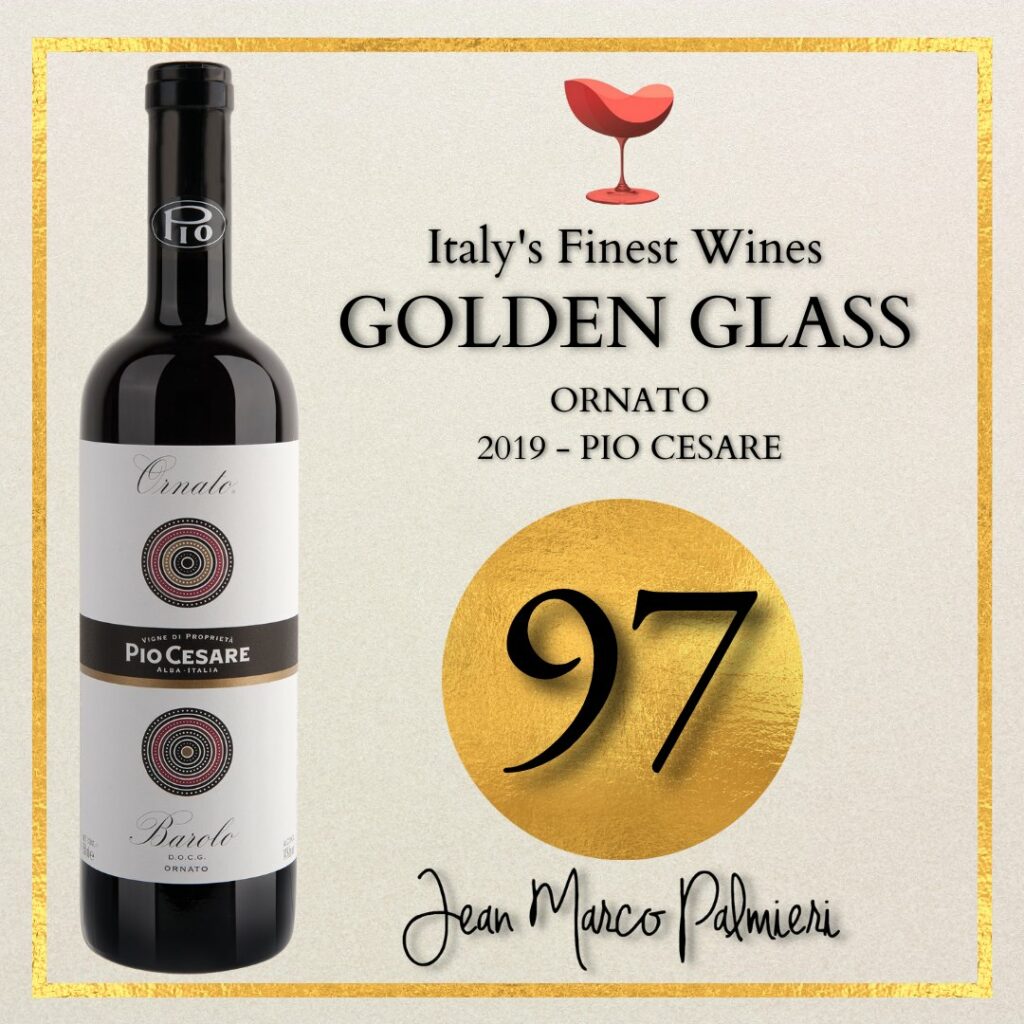
Description:
A multifaceted and passionate bouquet: it exhibits raspberry and cherry under spirit, accompanied by sensations of roasting, tar, and tobacco.
On the palate, it is substantial with dense and thick tannins. The finish is long, clean, and enveloping.
One of the most important historic wineries of the Langhe, founded in 1881.
An expansive yet also vertical wine, rightfully among the best Barolo wines for its sensational dialogue between structure and elegance.
Vineyard Area: Serralunga d’Alba (Ornato)
Barolo Bricco Boschis Vigna San Giuseppe 2017 – Cavallotto
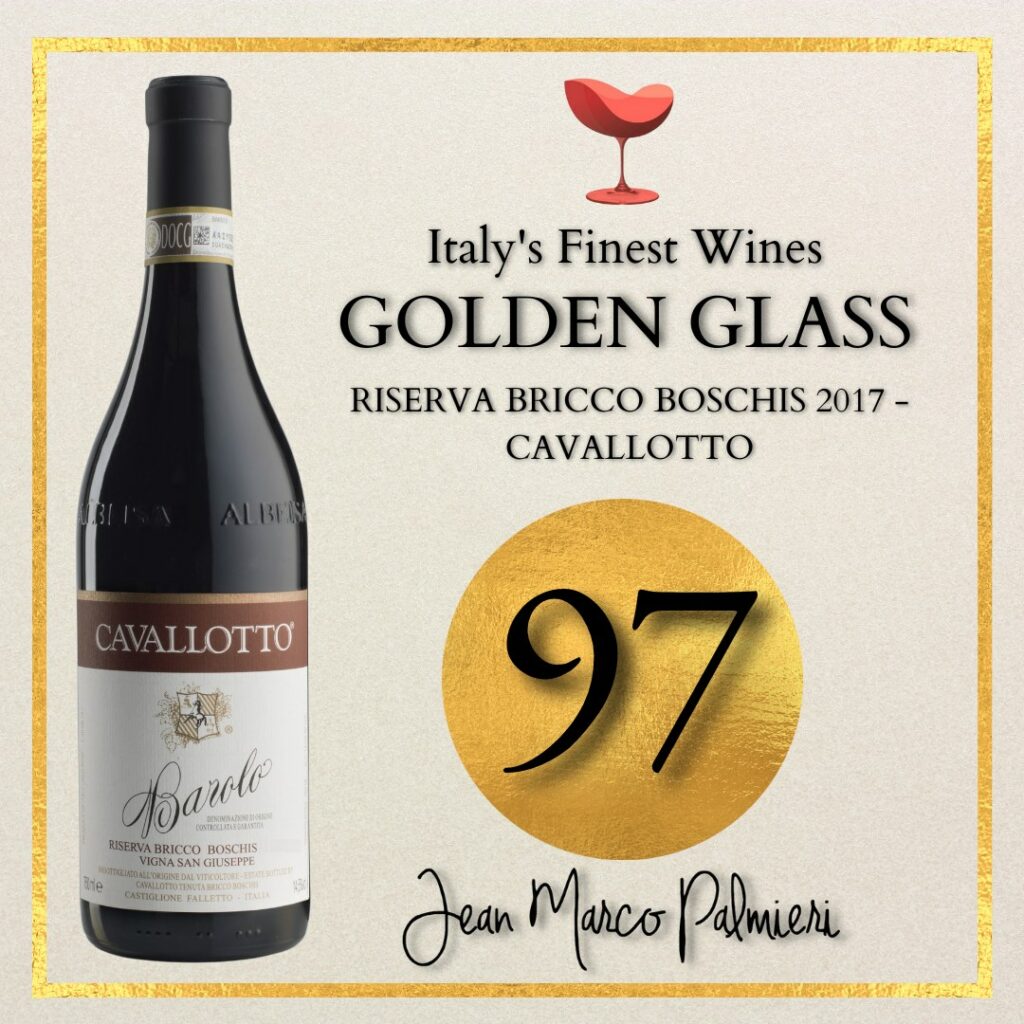
Description:
It presents itself with an intense ruby red color. On the nose, it opens up wide and complex, ranging from intense aromas of ripe berries to hints of plum enriched by alpine flora, sweet spices, and tobacco.
On the palate, it is enveloping with a very thick but velvety tannic structure, supported by an important acidic backbone that provides great freshness.
Undoubtedly one of the best Barolo wines for its classic style and aging potential.
Vineyard Area: Castiglion Falletto (Bricco Boschis)
Barolo Serra 2020 – Giovanni Rosso

Description:
It opens up gracefully and complexly with fragrant notes of raspberry and pomegranate complemented by medicinal herbs, camphor, and orange zest.
The palate is fresh and elegant, with a tremendous persistence and soft-textured tannins.
From the vineyard of Serralunga d’Alba, Giovanni Rosso presents a virtuous vintage of Barolo, highlighting elegance rather than power. Aromas of remarkable varietal clarity are also appreciated from the moment it is released.
Undoubtedly among the best Barolo producers for finesse and balance.
Vineyard Area: Serralunga d’Alba (Serra)
Barolo Vigna Rionda 2017 – Massolino

Description:
The aromatic profile is broad and complex, with notes of ripe cherry, licorice root, and medicinal herbs.
On the nose, it impresses with the synergy between the alcoholic and phenolic components, creating a dense, textured palate of great length, supported by a vibrant acidity that provides freshness and drinkability.
The iconic Vigna Rionda of Massolino still convinces with its ability to combine complexity and elegance. Surely among the best interpretations of the 2017 vintage of Barolo.
Vineyard Area: Serralunga d’Alba (Vigna Rionda)
Ravera 2019 – Marziano Abbona
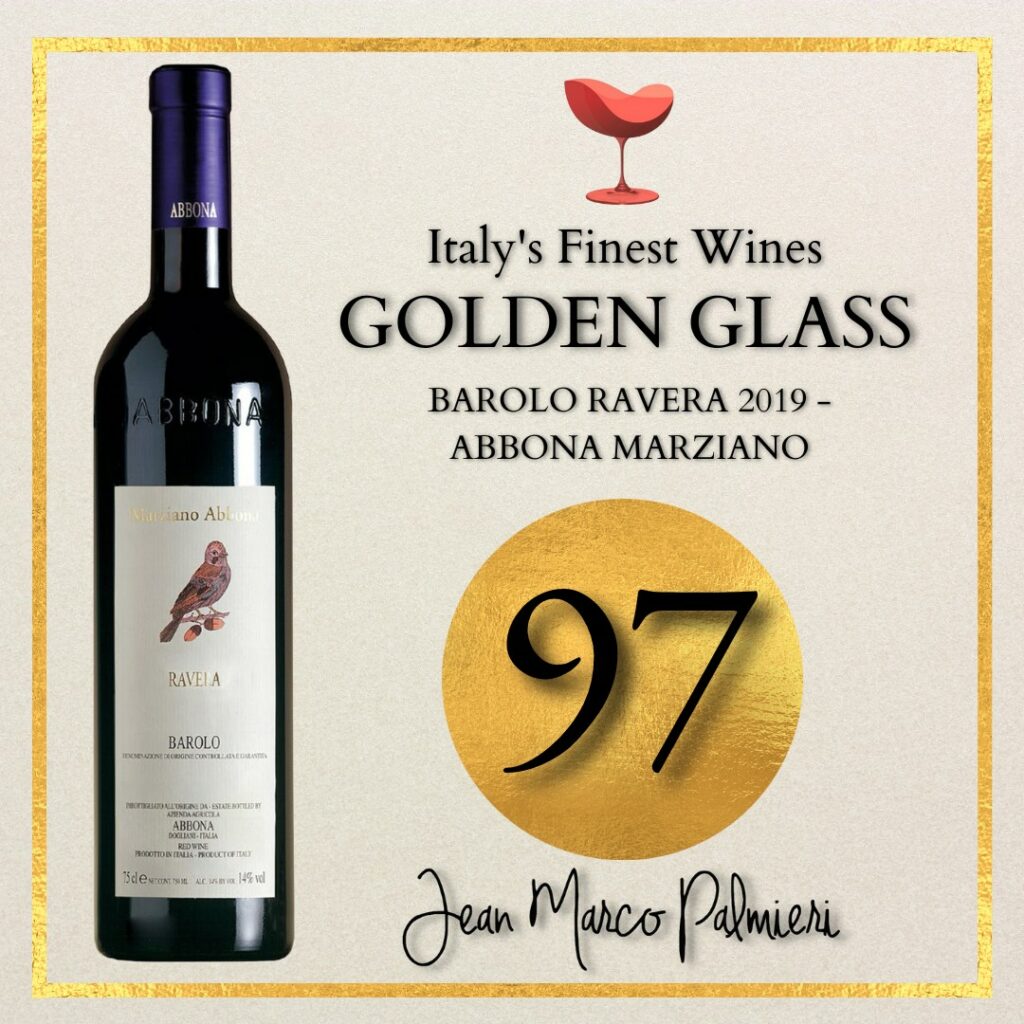
Description:
On the nose, there are prominent floral notes of violet and small red berries, with hints of juniper, enriched by balsamic strokes of licorice root, resin, and well-integrated boisé notes.
The palate is enveloped in a fresh sip with perfectly outlined compact tannins. An excellent saline trail on the finish leaves the mouth fresh and satisfied.
An interpretation of Barolo with sensational finesse, an example of how the prominent phenolic component of Nebbiolo can synergize with acidity to deliver an unprecedented and captivating sip. Deservedly among the best Barolo wines for balance.
Vineyard Area: Novello (Ravera)
Barolo Boiolo 2020 – Camparo

Description:
On the nose, it convinces with fragrant floral nuances and red currant, embellished by hints of medicinal herbs and licorice root incense.
The palate is characterized by freshness, well balanced with a substantial phenolic component and impeccable texture. The slightly balsamic finish is of excellent persistence and precision. Aged in large wood for 18 months.
A craft wine of great vertical character: among the best Barolo wines for its ability to combine richness and elegance with a focus on the clarity of the fruity-floral varietal character of Nebbiolo. Undoubtedly among the best Barolo wines.
Vineyard Area: La Morra (Boiolo)
Barolo 2020 – Bricco Ambrogio – Paolo Scavino

Description:
Initially, the olfactory experience is dominated by floral notes, violet, and sour cherries, embellished by more enigmatic hints of wild nepitella, resin, and toasted accents.
On the palate, it is characterized by well-defined and compact tannins, supported by a delightful saline vein that provides smoothness and depth to the sip.
Among the finest expressions of Barolo for balance and elegance.
Vineyard Area: Roddi (Bricco Ambrogio)
Barolo Ravera 2020 – Sordo

Description: Layered sensations of sharp wild strawberries and raspberry aromas are joined by suggestions of medicinal herbs, orange zest, hints of iron, and smoky notes.
The palate is smooth with a well-defined tannic structure countered by vibrant acidity and sensationally delineated compact tannins.
Sordo presents another captivating interpretation of Barolo Ravera from the municipality of Novello. In the 2020 vintage, it is characterized by soft tannins and multifaceted aromas of great freshness.
Deservedly among the best Barolo wines.
Vineyard Area: Novello (Ravera)
Barolo Bussia 2020 – Marrone

Description:
Visually intense garnet red in color, it seduces the nose with nuances of ripe forest fruits, hints of plum echoed by well-integrated boisé notes, cocoa, and camphor.
Compact and mature tannins and a very engaging acidity. Excellent aging potential.
A Barolo with eloquent aromas and a velvety, enveloping palate with sensational persistence. Undoubtedly among the best Barolo wines in terms of quality-price ratio.
Vineyard Area: Monforte d’Alba (Bussia)
La Serra 2020 – Marcarini

Description:
Dosio, Barolo Fossati di Dosio, presents an intense and fragrant bouquet that ranges from red fruits to sweet spices and floral notes.
On the palate, the wine is full-bodied and powerful, with well-structured tannins and balanced acidity. The finish is long and persistent, with hints of licorice and tobacco blending with elegant tertiary notes.
A Barolo of great balance, reflecting the distinctive character of the La Morra terroir and the winemaking mastery in interpreting it.
Vineyard Area: La Morra (La Serra)
Barolo Rocche dell’Annunziata 2019 – Andrea Oberto
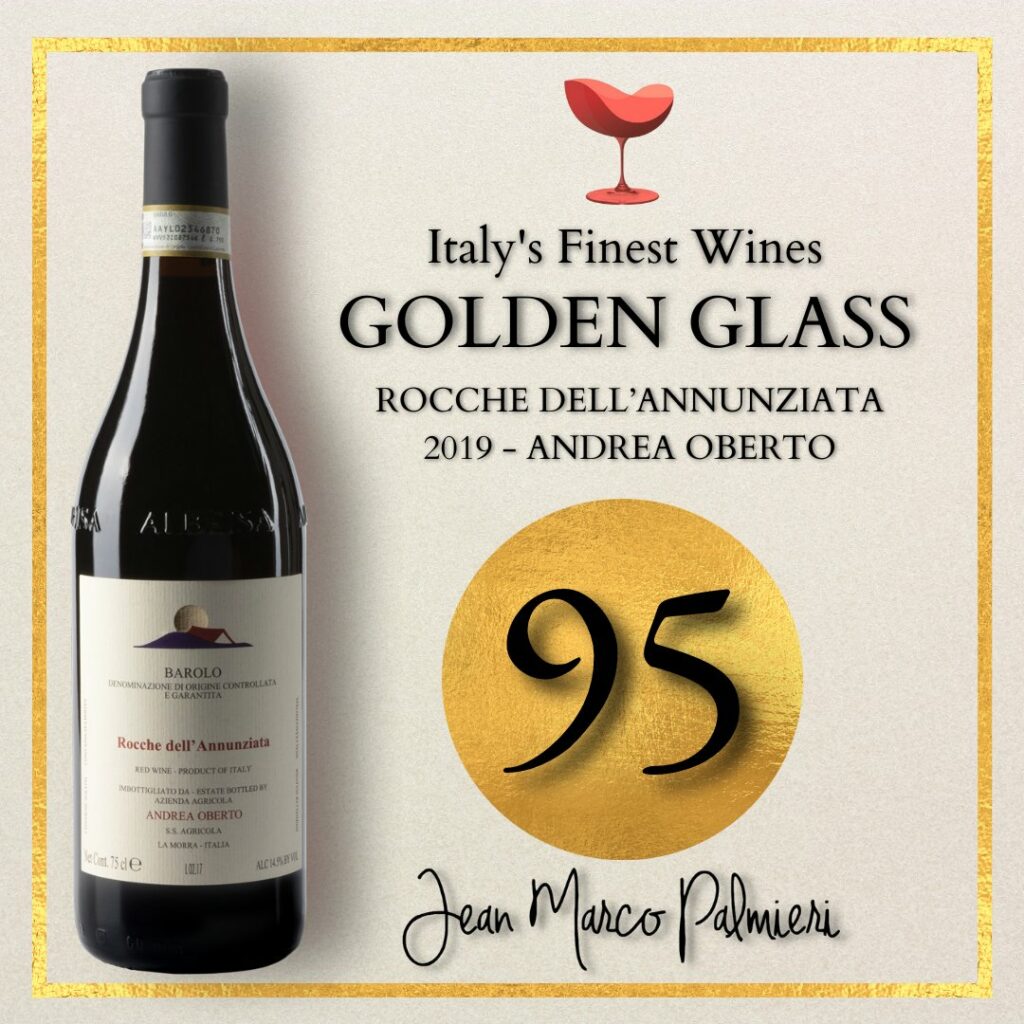
Description:
On the nose, it reveals itself as refined and complex, delineating intense aromas of spirit-soaked wild berries, hints of plum, dates, sweet spices, tobacco, and ethereal notes.
On the palate, it is enveloping with a very thick but extraordinarily silky tannic structure synergistically linked to an important acidic backbone that provides freshness.
A voluminous and harmonious wine with sensational balsamic persistence. Deservedly among the best Barolo wines.
Vineyard Area: La Morra (Rocche dell’Annunziata)
Barolo ‘Sorano’ 2020 – Claudio Alario
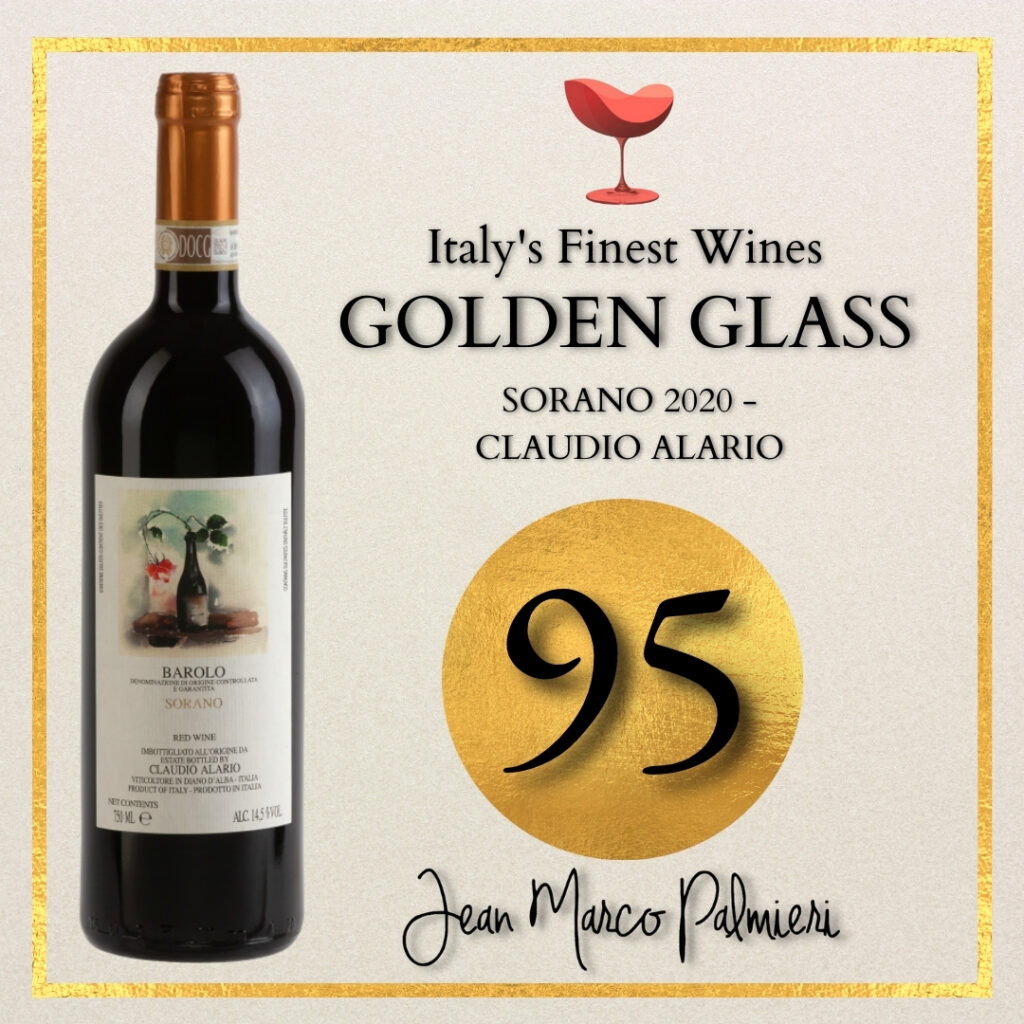
Description:
The bouquet is characterized by notes of small red fruits in jam, embellished with earthy brushstrokes and tertiary hints of graphite, licorice, and autumnal spices.
The palate is full and enveloping, supported by well-defined tannins and an acidic backbone that culminates in a fresh and very pleasant persistence on the finish.
An interpretation of Barolo that expresses the quintessence of Nebbiolo’s potential.
Certainly among the best Barolo wines for its refined character and powerful extract, which suggests excellent aging potential.
Vineyard Area: Serralunga d’Alba (Sorano)
Barolo Monvigliero Riserva 2017 – Castello di Verduno

Description:
The nose is graceful, with well-defined fruit notes accompanied by sensations of rose and violet potpourri and nuances of wild mint and licorice.
On the palate, it is juicy, rich, with a warm and soft finish and long balsamic echoes.
An interpretation with a fragrant and multifaceted bouquet, a prelude to a vibrant sip where phenolic, alcoholic, and acidic components are masterfully balanced.
Vineyard Area: Verduno (Monvigliero)
Barolo Mosconi 2018 – Bera

Description:
The Barolo ‘Mosconi’ from the vineyards of Monforte d’Alba exudes aromas of ripe red fruits and sweet spices on the nose, with undertones of floral and earthy nuances.
On the palate, the wine is full and enveloping, with powerful tannins and a long, persistent finish.
A classic interpretation of Nebbiolo, showcasing the distinctive character of the grape variety. Deservedly among the best Barolo wines for its authentic and artisanal character.
Vineyard Area: Monforte d’Alba (Mosconi)
Barolo 2019 – Cascina Fontana

Description:
It unfolds olfactorily with intense notes of red flowers and wild berries, followed by successions of sweet spices, medicinal herbs, and orange zest.
On the palate, it is fresh and enveloping, with compact tannins that evolve towards a finish of good persistence and spicy echoes.
A wine of great balance that emphasizes the varietal and floral character of Nebbiolo.
Among the best Barolo wines for olfactory finesse and drinkability.
Vineyard Areas: Castiglione Falletto, Monforte d’Alba, and La Morra
Cannubi 2019 – Reva

Description:
It unfolds olfactorily with penetrating notes of wild raspberry and red plums, followed by successions of coffee powder, dark cocoa, and candied orange peel.
The palate is expansive and enveloping, with a compact tannic structure of excellent progression that evolves towards a finish of good persistence embellished with balsamic echoes.
Obtained from low-intervention vinifications, the Barolo di Reva confirms itself as one of the most interesting interpretations of Cannubi available, for its ability to combine complexity and elegance.
Vineyard Area: Barolo (Cannubi)
Barolo Le Coste di Monforte – Lalù
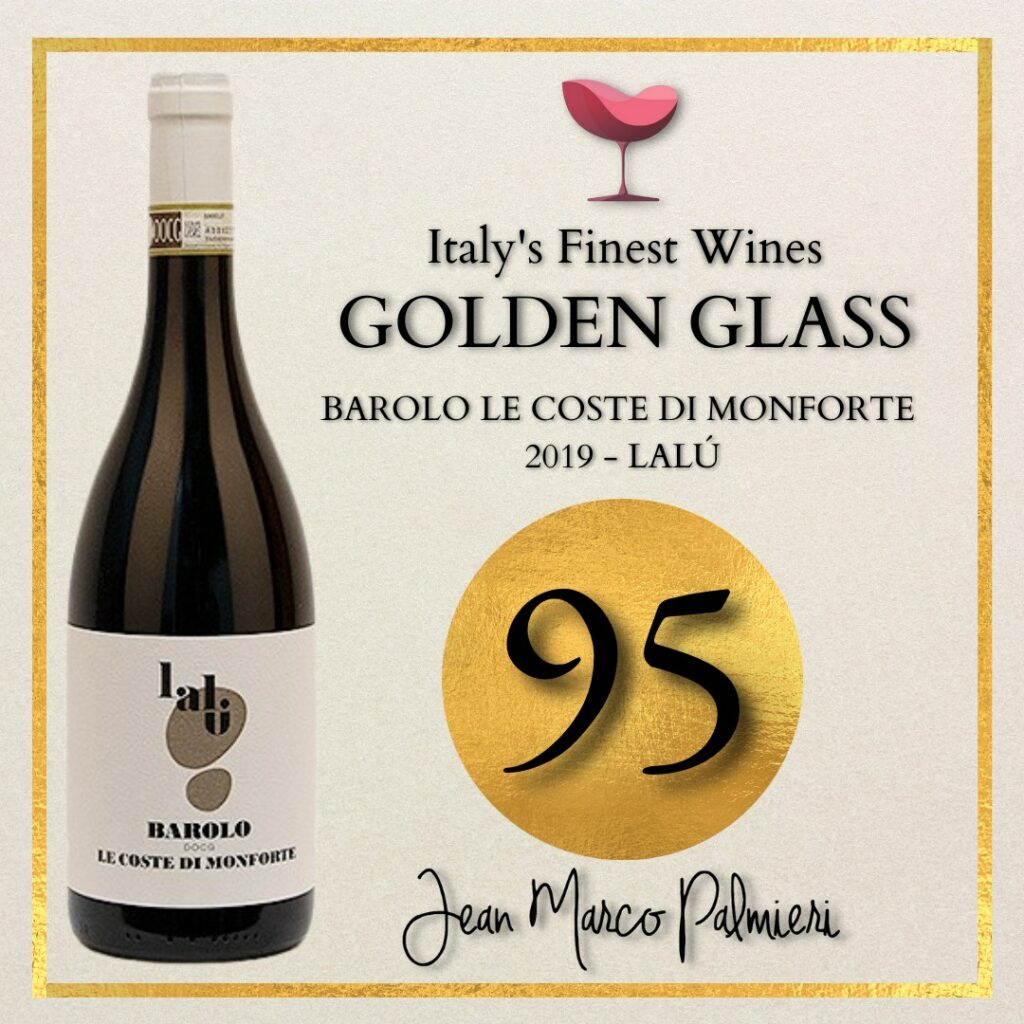
Description:
It opens olfactorily with a very upfront fruit profile of raspberries, juicy cherries, followed by suggestions of sweet spices, wild mint, and toasted notes.
On the palate, it is enveloping with a pronounced nervy acidity that gives drinkability, and sweet, compact tannins that evolve progressively towards a finish of excellent structure and persistence.
Intoxicating and slender, the emerging Lalù winery creates one of the best Barolos for its original character, freshness, and drinkability.
Vineyard Area: Monforte d’Alba (Le Coste di Monforte)
Rocche dell’Annunziata 2019 – Trediberri
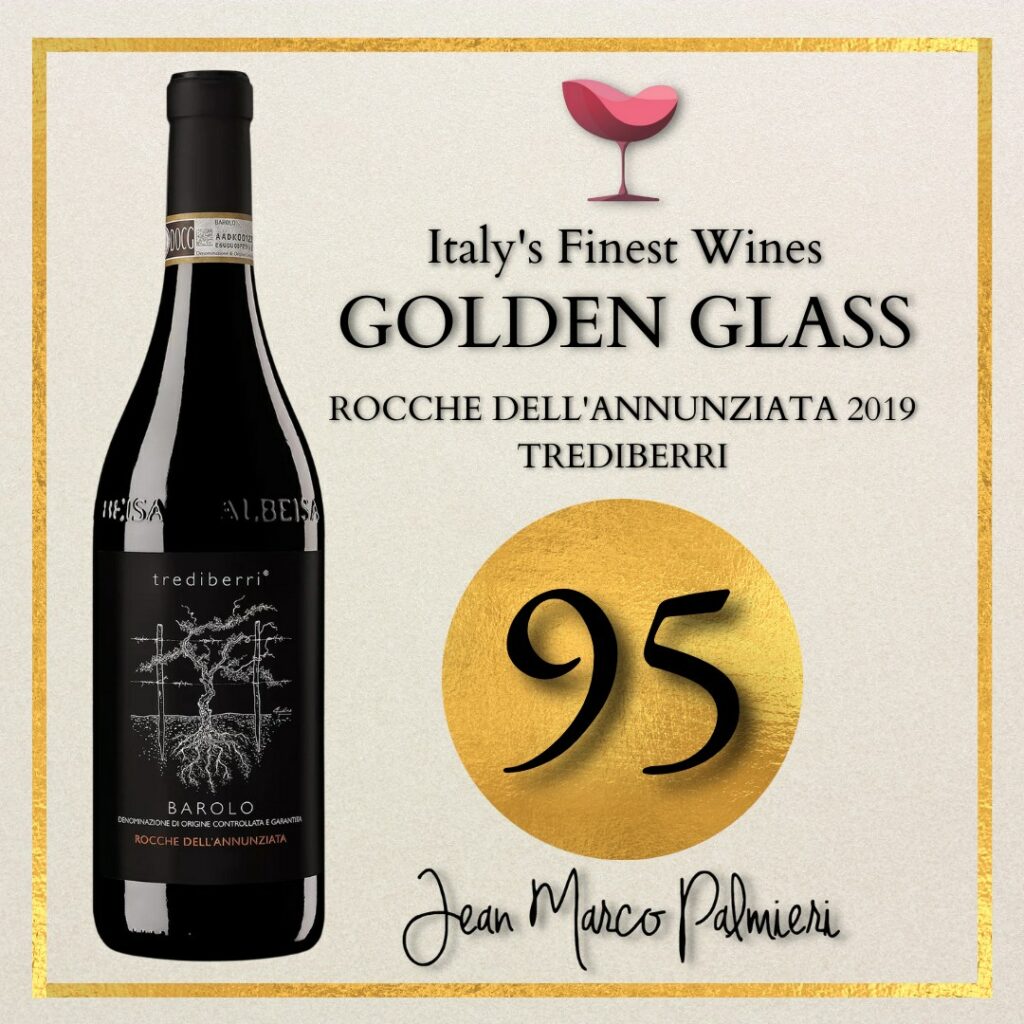
Description:
On the nose, intensely fresh and upfront fruit tones make way for more austere hints of tar and spicy, toasty notes. On the palate, it is vibrant and of excellent persistence, masterfully balanced between soft and hard components.
Alcoholic fermentation in concrete for 12-14 days. Aging for about 20 months in 25 HL and 52 HL barrels.
A celebration of fruit and balsamic notes, rightfully among the best Barolos for its ability to combine complexity and drinkability.
Vineyard Area: La Morra (Rocche dell’Annunziata)
Barolo ‘Serradenari’ 2019 – Giulia Negri
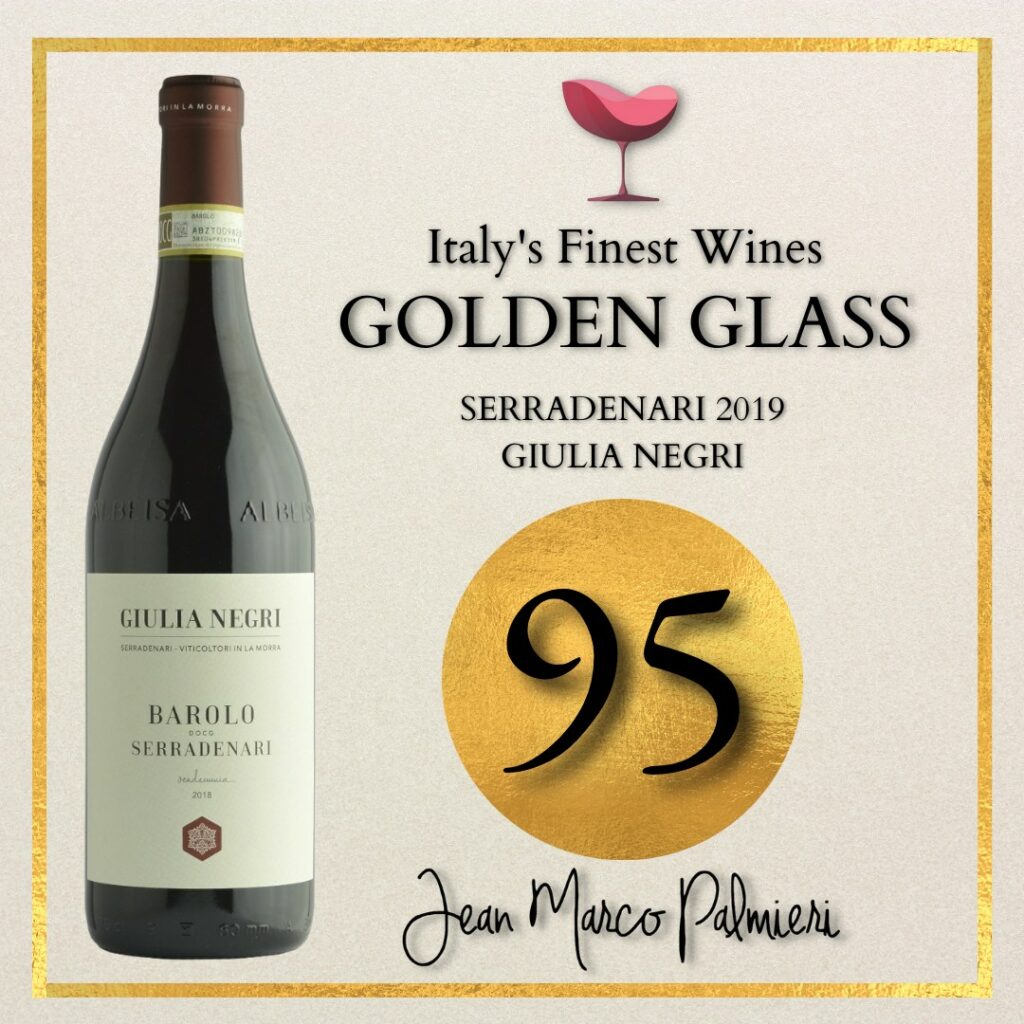
Description:
On the nose, it opens up wide and complex, ranging from intense aromas of red fruits, blood orange, medicinal herbs, to camphor.
On the palate, of medium phenolic concentration, the acidic component stands out, providing great freshness and drinkability. Spontaneous fermentation in truncated cone-shaped vats, and maceration for about 40 days. The wine then ages for 30 months in Slavonian oak barrels of 25 hectoliters.
Giulia Negri, with the highest vineyard in La Morra, creates a Barolo with a markedly vertical character, highlighting the eloquence of Nebbiolo’s varietal aromas. Rightfully among the best for its unique style and olfactory finesse.
Vineyard Area: La Morra (Serradenari)
Barolo 2019 – Ca’ di Press
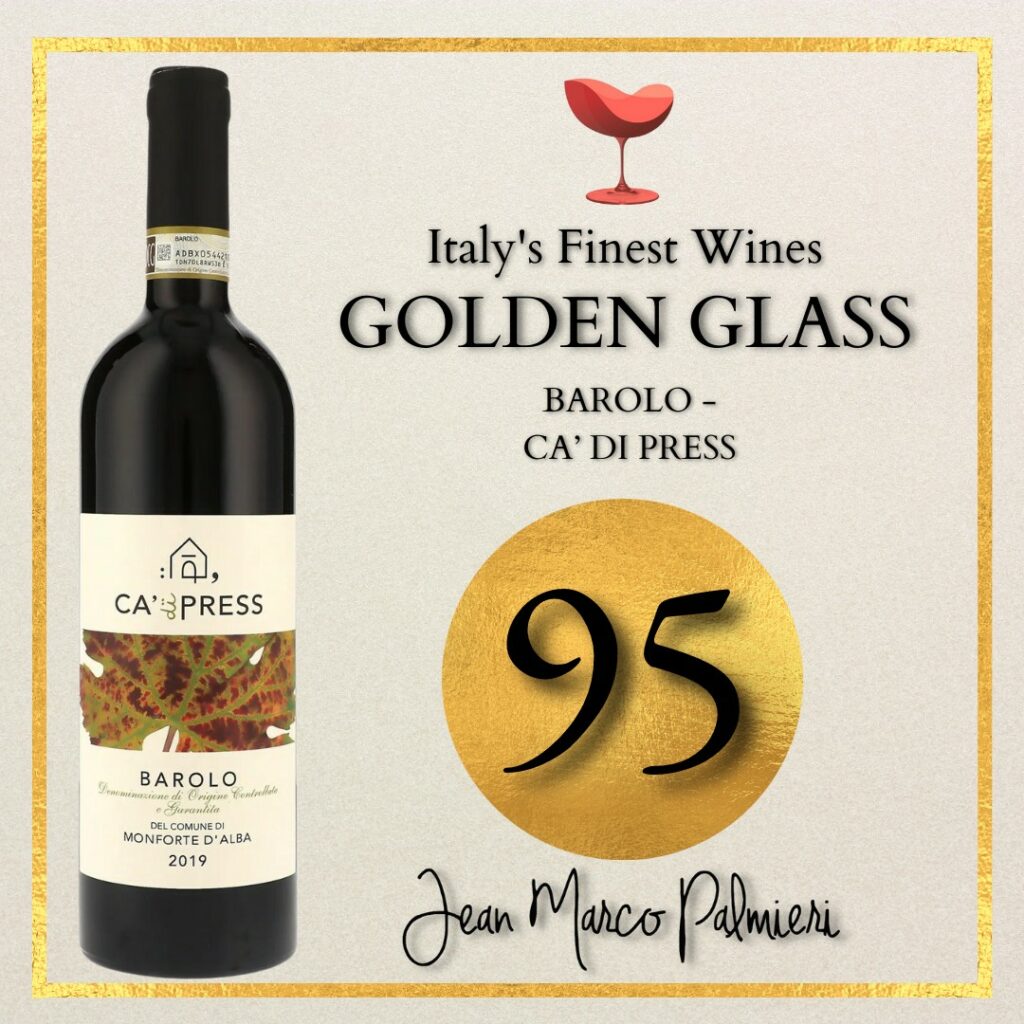
Description:
The bouquet unfolds with delicate shades of violets, pine resin, evolving towards balsamic notes, incense, and cocoa with hints of medicinal herbs.
The palate is full and dry, with sculpted tannins that softly envelop the palate and are well balanced by a nervy acidity. The finish is long-lasting with delicate spicy undertones.
The Barolo from Ca di Press, obtained from vineyards in Monforte d’Alba, masterfully combines floral and fragrant notes with length and complexity on the palate. Well-deservedly among the best in terms of value for money.
Vineyard Area: Monforte d’Alba
History of Barolo
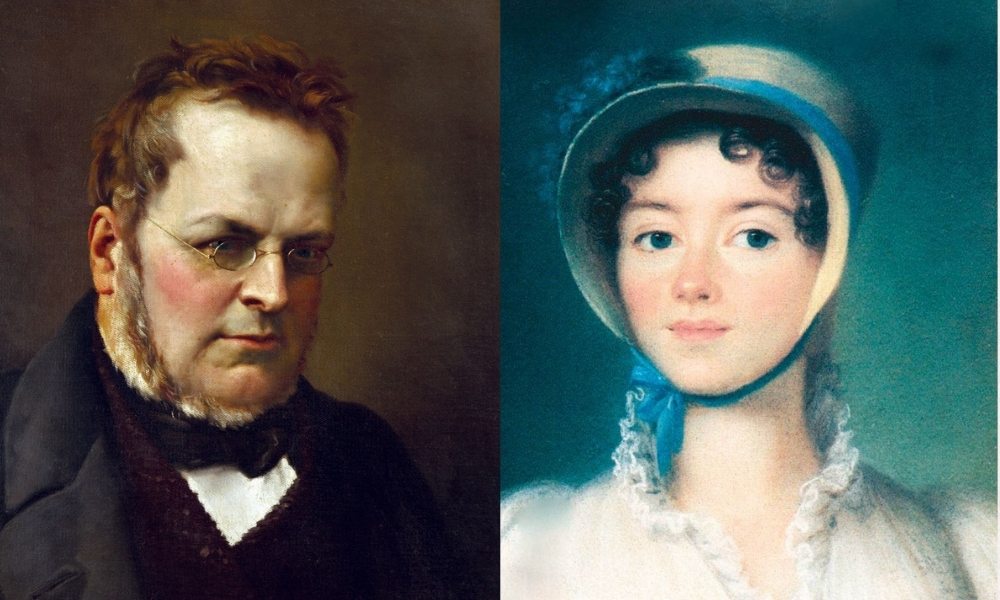
The history of Barolo wine begins in prehistoric times, with the earliest rudimentary vineyards of the Ligurian Statielli. Piedmont began to attract the attention of the Gauls, and later the Romans, for the quality of the wine produced in the Alba region.
They produced a wine called Barol, made from Nebbiolo grapes. Thomas Jefferson described it as a wine “almost as amiable as Bordeaux and as lively as Champagne“, hence sparkling and sweet (very different from how we know it today).
The history of Barolo took a turn with the French oenologist Louis Ouart, who, with the impetus of Juliette Colbert and Camillo Benso di Cavour, bottled a dry and firm red wine, modern and elegant. Cavour wanted a wine that could delight the demanding European courts and compete with the great French wines of the time: it was 1844 and the Barolo phenomenon was about to begin.
The Barolo Boys, led by Elio Altare
Subsequently, between the two World Wars, the popularity of Barolo exploded, new vineyards were planted, and Barolo wine established itself as one of the greatest wines in the world. In 1927, the production zones of Barolo wine were defined in the Official Gazette, and in 1980, Barolo became a DOCG wine.
The history of Barolo continues from the 1980s: the Langhe region is in full swing, and oenological techniques adapt to the times.
The traditional vinification of Barolo began to be contrasted with the modernist school (including the famous revolutionary Barolo Boys). The latter started adopting shorter fermentations and aging in barriques, giving rise to more colorful, less tannic wines with aromas of sweet spices.
Bartolo Mascarello and his cult label
As a result, these internationally-oriented interpretations sparked criticism from traditionalists, as famously expressed in Bartolo Mascarello’s 1996 Barolo with the slogan: “No Barriques, No Berlusconi“.
In summary, today the sharp oppositions seem to have diminished, while the only winner remains Barolo. It has become one of the most beloved wines internationally thanks to its unique and inimitable charm.
Terroir and crus of Barolo
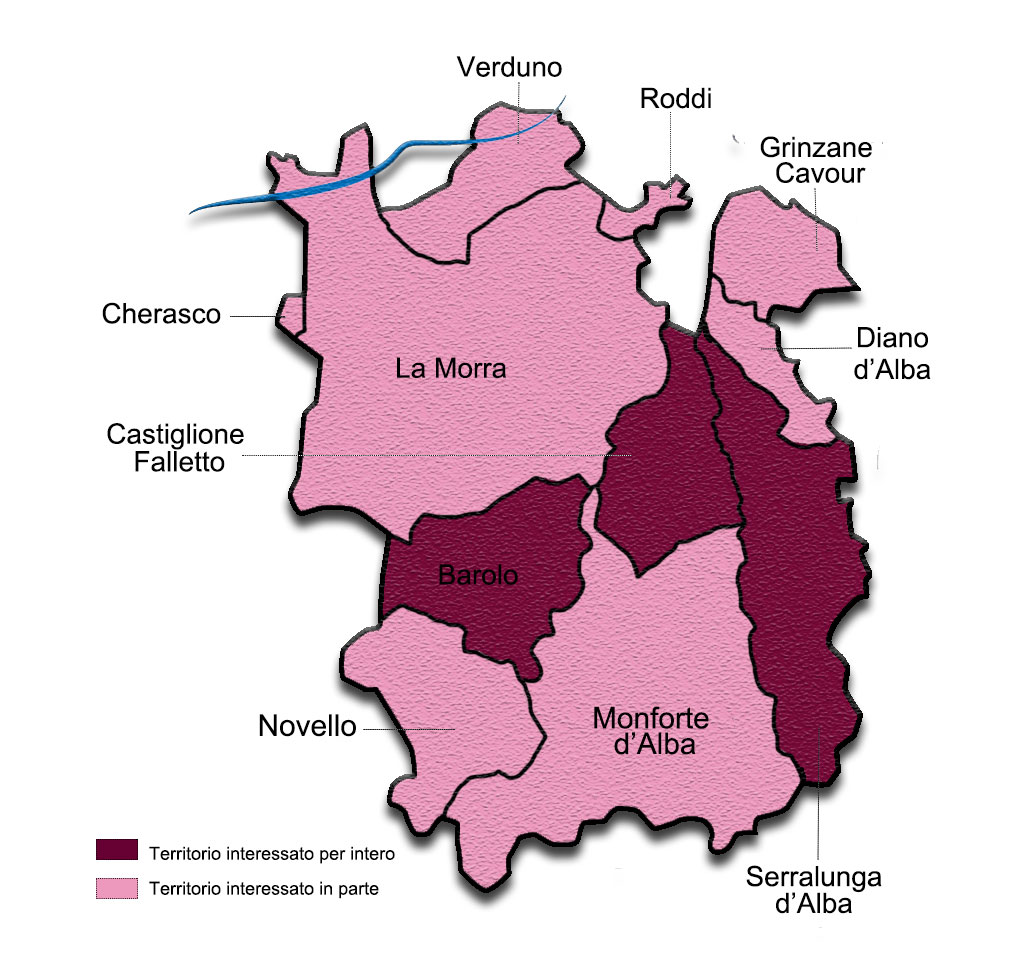
The Barolo area is characterized by great geological variability. In fact, the soil stratification has marine origins: the hills of the Langhe emerge from an ancient marine gulf, where sandstones and clays have been sedimented over the centuries.
Today, three macro-types of soil can be identified: the oldest is that of Serralunga d’Alba and a part of Monforte, characterized by Lequio formations. In the vicinity of Monforte d’Alba and Castiglione Falletto, the soil is mainly composed of Diano Sandstones, originated from very ancient submarine landslides. Between Barolo and La Morra, instead, we find the characteristic marls of Sant’Agata.
The latter is the most widespread soil type in the Langhe and presents a significant variability between the components of sand, silt, and clay.
Among the Barolo crus, some of the most renowned ones can be mentioned, such as Cannubi, Bussia, Brunate, Francia, Monprivato, Ravera, Villero, Monvigliero, il Prapò, Rocche di Annunziata, Bricco delle Viole, Vigna Rionda, Serradenari, and Ornato.
What are the best Barolo Wines?

What are the best Barolos? Choosing is a daunting task, one that inevitably falls prey to the limits of subjective opinion, which, by definition, is deficient and arbitrary.
We have simply compiled a list of our favorite interpretations based on our evaluations. However, it is essential to emphasize that wine does not exist as a status symbol to be flaunted or displayed before others.
Rather, it exists to evoke emotions and be genuinely shared with the people we love, connecting to contingent situations and the unique and intimate moments of our lives.
Therefore, we invite you to visit wineries and get to know the producers who craft wines with their uniqueness, so that you can discover and choose autonomously the wine that may be counted among your personal favorites. If you’ve had the patience to read this far, thank you for your attention, but now it’s time to fill the glasses and cut the distant hopes, and so:
Cheers, Salute, Santé
Jean Marco Palmieri





